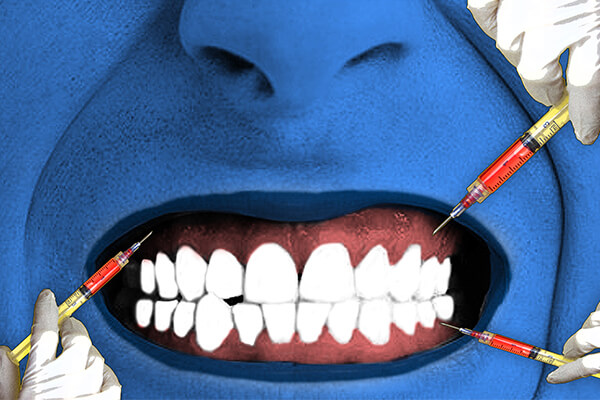
Dental Botox Theraphy Service
What Is Botox?
Botox is one of the botulinum toxin drugs which is derived from the bacterium Clostridium botulinum. This bacterium same bacterium that causes botulism, a rare but dangerous foodborne illness. The active, therapeutic neurotoxin is harvested, separated and purified in a laboratory to make it safe and effective for the treatment.
How Does Botox Work?
Within a few hours of Botox being injected into your muscles, it attaches to the endings of the nerves that will control the muscles. In the next upcoming days, the toxin works to block the transmission of nerve signals so that they would not cause muscle contractions. Botox only affects the nerves connected to your motor neurons, without affecting you're any nerve connected to the sensory neurons. Botox continues to block your nerve signals for three to four months. Whenever the Botox wears off, the patient's signs and symptoms will return. Another dose can be given if desired by the patient.
Botox in Dentistry
Botox has been used to correct the parafunctional clenching, extracapsular myogenic temporomandibular disorder, truisms and the headaches that accompany these disorder.Botox can be used in a dental clinic when it is a part of your treatment plan within a dental scope of practice and not as a normal stand-alone procedure. The dental professional must have received the appropriate education and training to work for Botox. Regulations for Botox for dentists and dental hygienists vary across States. It is important to check with your state licensing board for regulations and laws that govern whether, and if so how, you can use this drug in your office or not.
Side Effects of Botox
The Food and Drug Administration offers a set of warnings for the Botox based on the effects it can have if it is allowed to accidentally spread through the body. Spreading the toxin systemically can cause uncontrolled urinary leakage, muscle weakness, and dangerous breathing and swallow to Botox is also possible overtime after receiving repeated high doses. A different type of toxin may be then needed in order to achieve the same results. It is important to explain these risks and the benefits to the patients, and to have a signed treatment plan and which also informs consent form completed, signed and dated prior to starting treatment.
Discussing Botox With The Patients
As with any treatment, it is important to provide your patient with all the information regarding the product and procedure which you are recommending. Dental professionals should discuss the risks, benefits, cost, a number of appointments, and the needs for the maintenance visits associated with Botox. The advantages for the patients will be that the drug has immediate results with no side effects. Disadvantages and potential risks must also be shared, including the important fact that there will be a need for the repeated number of injections in every three to four months and the also the cost associated with regular retreatment. We are always here being informed and open to discuss when it comes to alternative treatment plans if patients decide Botox is not affordable or not right for them to tell them straight away.
Does Botox Belong in a Dental Office?
Botox is offered by many health care providers, including some not so highly trained or non-professional in the maxillofacial area as the dentists. Dentists are fully equipped for procedures far riskier than Botox too. We know all the risky and non-risky treatments, as with any procedure, proper training and education are required prior to safely and effectively providing Botox treatments to the patients which All Brite Dentistry is providing to everyone.
Why It is Important
Botox may be an alternative when other treatments had failed to work upon you Botox in dentistry may increase in popularity among the dentists to help treat physical and cosmetic conditions. Discussing Botox with patients is very important, as many patients don't know about it. It may be a possibility to alleviate some of the dental concerns.
Appointment
Book An Appointment Now!
We at All Brite Dentistry want to give each of our patients the most gentle and highest quality dental care possible. It starts with your very first phone call. Compassion and understanding are a priority.
Our Services
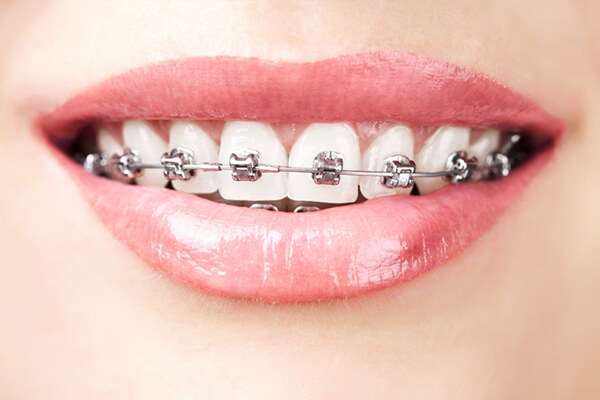
Teeth braces or dental braces
Dental braces are also known as braces, or orthodontic cases are the devices which are used in orthodontics that aligns and straightens your teeth.
Read More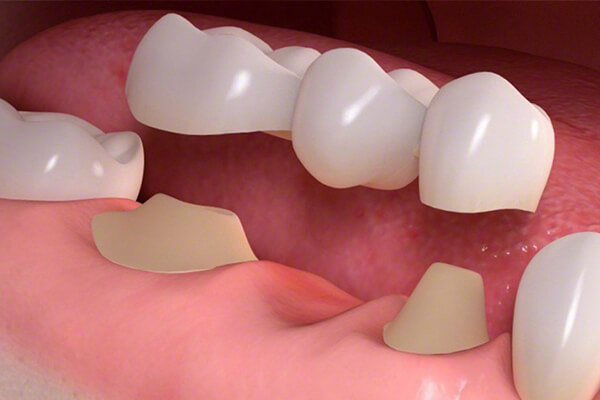
Dental bridges
A bridge is a fixed dental restoration which usually replaces one or more missing teeth by joining an artificial tooth adjacent to the other teeth.
Read More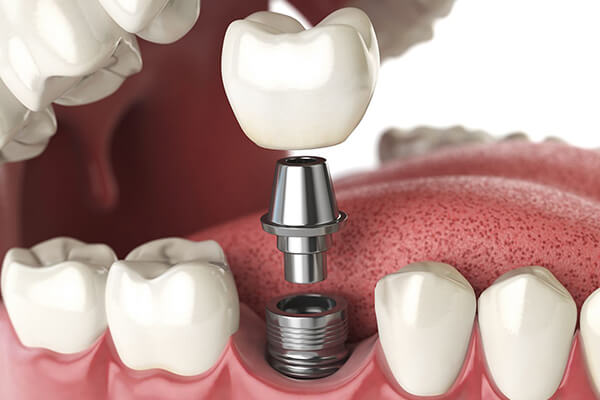
Dental implants and restorations
A dental implants are also known as an Endosseous implant or a fixture is a surgical component that interfaces with the bone of the jaw or skull.
Read More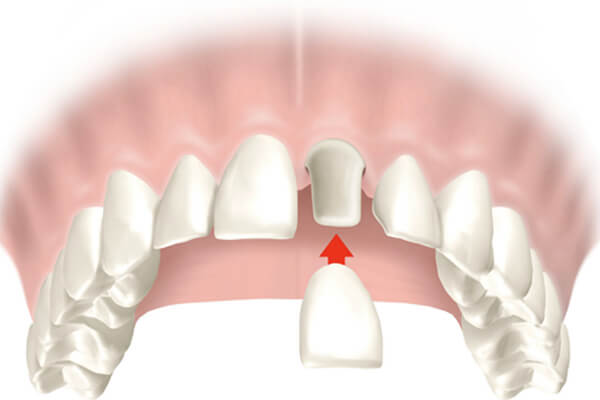
Dental crowns or teeth crowns
A crown, which is also known as a dental cap, is a type of dental restoration which completely caps, covers or encircles a tooth or dental implant.
Read More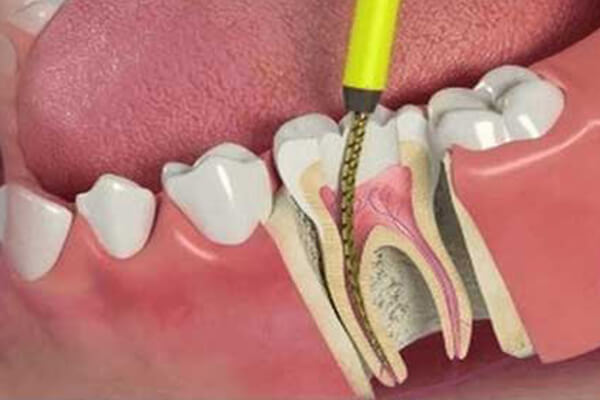
Root canal treatment/procedure
Endodontic therapy, which is also known as endodontic treatment or root canal therapy, is a treatment for the infected pulp of a tooth which results in the cure of infection.
Read More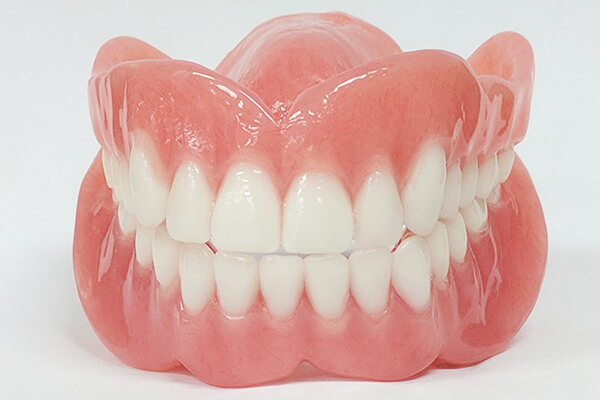
Dentures
Dentures are the artificial teeth worn by the people who don't have their real teeth. Dentures are also called false teeth or dental plate.
Read More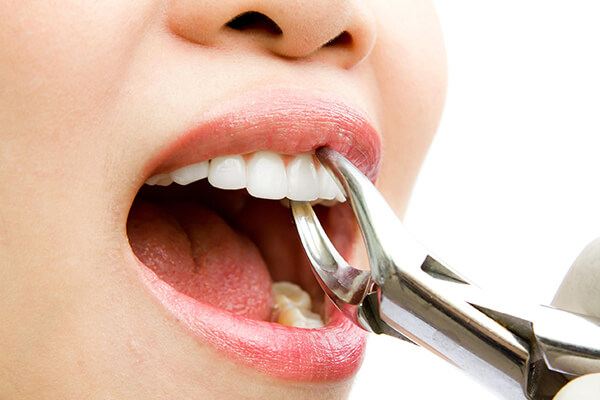
Teeth extractions
Although permanent teeth were meant to last for the lifetime, there are a number of reasons because of which tooth extraction may be needed.
Read More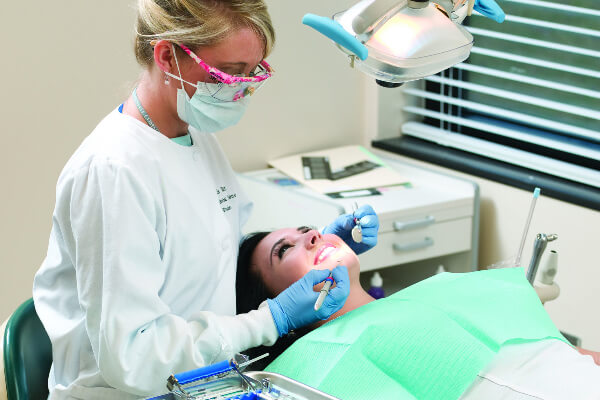
Dental hygiene
Dental Hygienics is one of the leading providers of dental decontamination equipment and products.A dental hygienist is a licensed dental professional.
Read More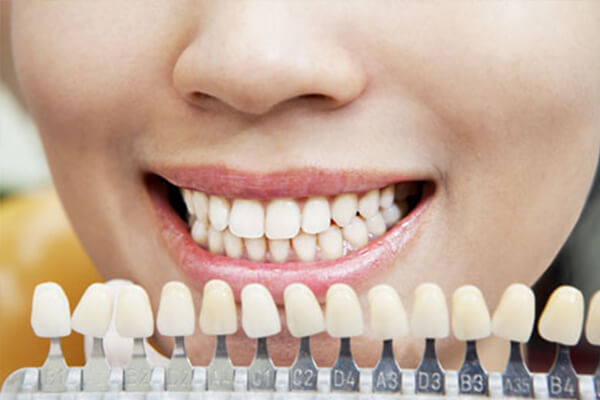
Teeth veneers
Dental veneers are wafer-thin, customized shells of tooth-colored materials designed to cover the front surface of your teeth to improve your appearance.
Read More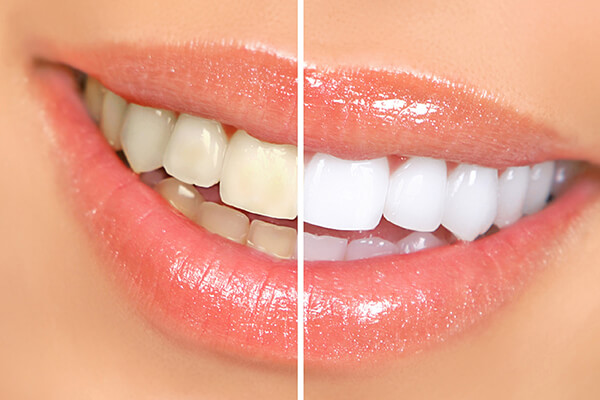
Teeth whitening
Teeth whitening involves the bleaching of your teeth to make them lighter, clean and white. It can't make your teeth brilliantly white, but it can lighten the existing color.
Read More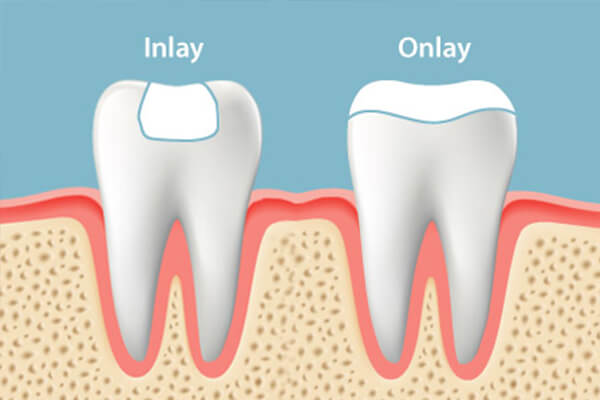
Inlays and onlays
Inlays and Onlays are used when the tooth has experienced too much of damage that it cannot support a basic filling, but not so much damage that a crown is necessary.
Read More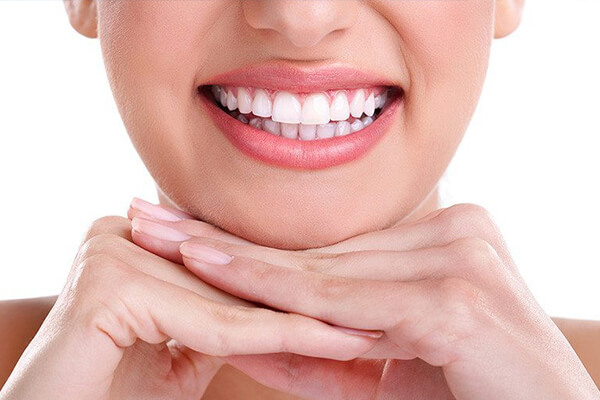
Cosmetic dental fillings
Aesthetic dentistry is a branch of dentistry that involves skills and techniques to improve your alignment, smile’s appearance, shape, color, and size.
Read More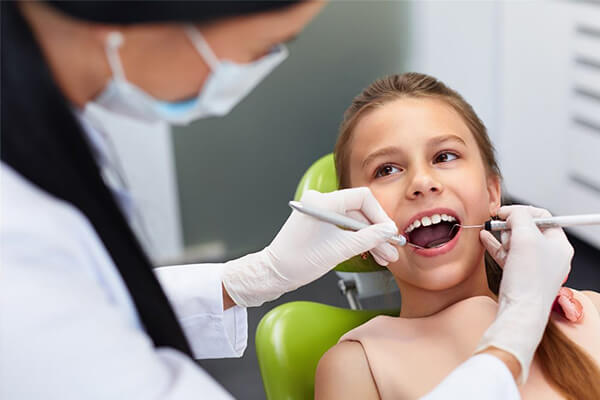
Pediatric dentist
Pediatric dentists are also called kids’ dentists or child dentists. They are basically dedicated to the oral health of children from infancy through their teenage.
Read More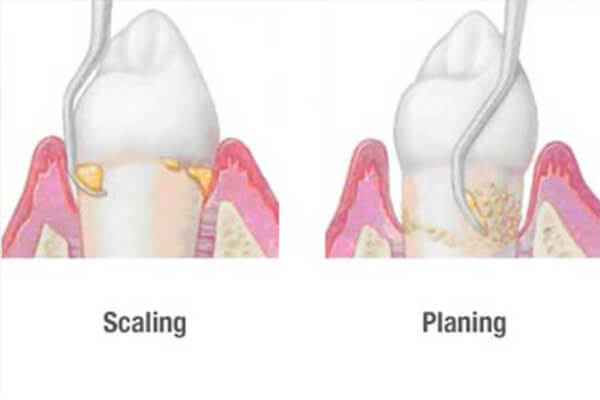
Teeth scaling and root planning
Teeth scaling and root planning is a procedure involving removal of dental plaque and calculus ( tartar ) and then smoothing of the (exposed) surfaces of the roots.
Read More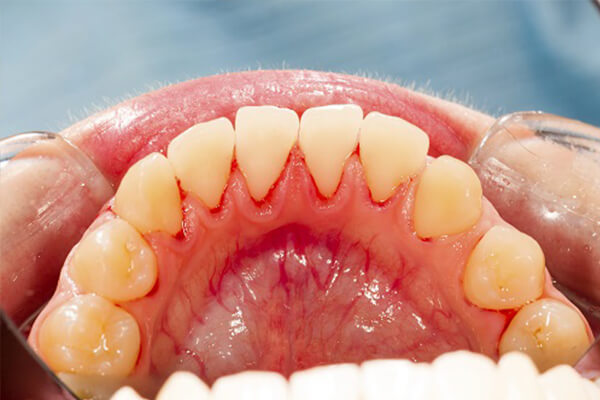
Periodontal gum disease
Periodontology is the specialty of dentistry that studies for the supporting structures of teeth, as well as the diseases and conditions that can affect them.
Read More
Cosmetic dentistry
Cosmetic dentistry refers to any kind of dental work that improves the appearance (not necessarily the functionality) of teeth, gums and/or bite.
Read More
Family dentistry
Consetetur sadipscing elitr, sed diam nonumy eirmod tempor invidunt ut labore et dolor erat, sed diam voluptua, maiores possimus fugiat repellat totam.
Read More
Emergency dentistry
Before searching for an emergency Dentist, It is important to know that what kind of injuries really required an emergency dental care, so you can make sure that teeth are taken care.
Read More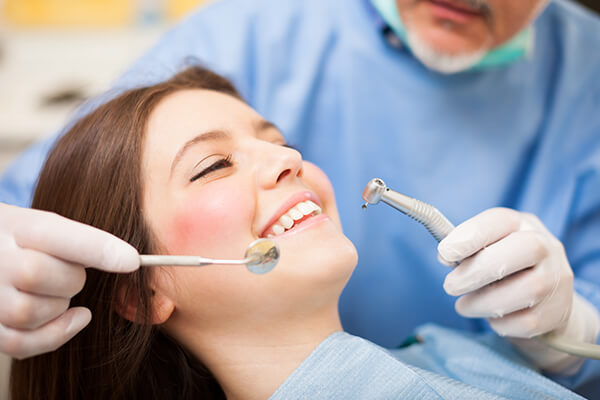
Dental exams and cleanings
Many people feel afraid of teeth cleanings. Between the prodding, strange noises, and the occasional jaw discomfort, it’s easy to understand their apprehension.
Read More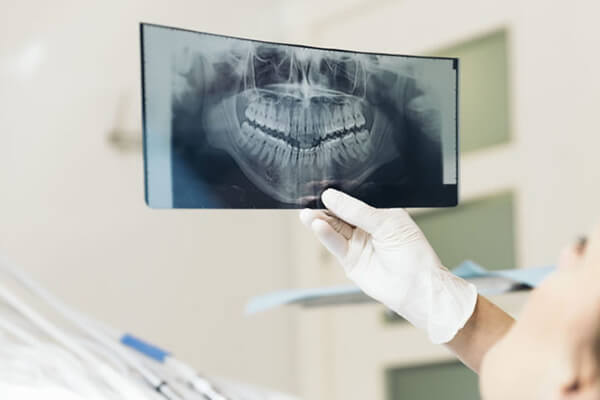
Dental X-Rays
X-rays are also known as radiographs. An x-ray is a type of ray energy that passes through soft tissues and is absorbed by dense tissue. They are diagnostic,also be preventative.
Read More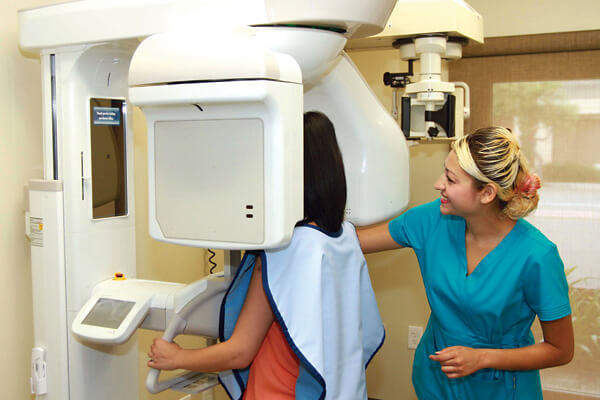
CT scan
CBCT stands for Cone Beam Computed Tomography. It is a technology used to take three dimensional (3-D) images of your teeth, maxillary sinus, nerve pathways, and bone .
Read More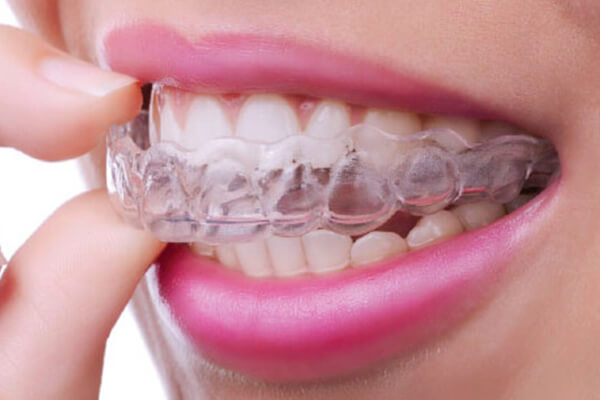
Night guards
A mouth guard is a protective device for your mouth that covers your teeth and your gums to prevent and reduce the injury to your teeth, arches, lips, and your gums.
Read More
Sleep apnea dentist
Sleep apnea is a sleep disorder in which your breathing starts and stops repeatedly. If you snore loudly and feel tired even after having a full night's sleep.
Read More
Dental botox theraphy
The active, therapeutic neurotoxin is harvested, separated and purified in a laboratory to make it safe and effective for the treatment.
Read More